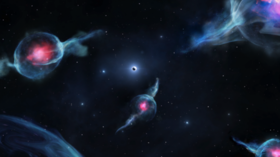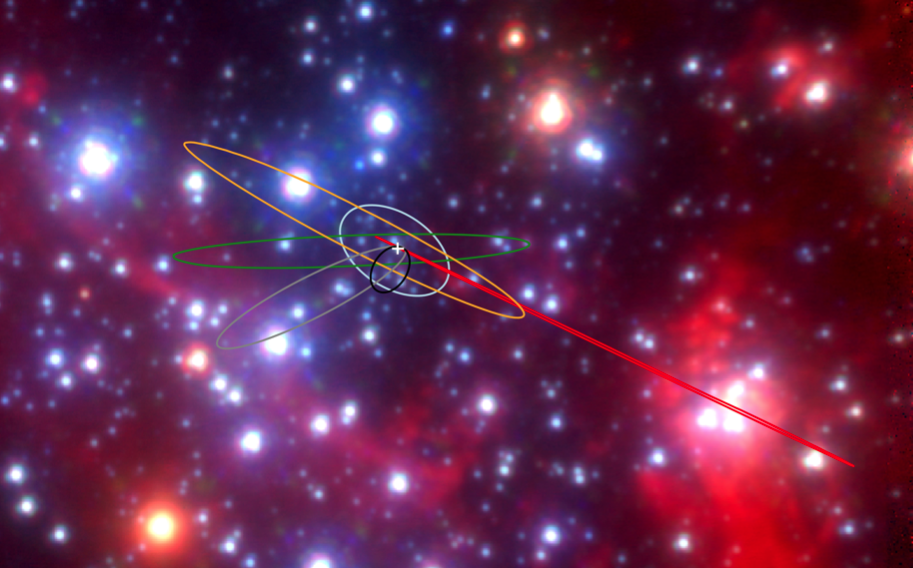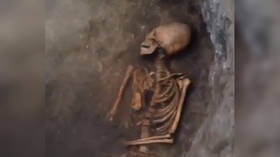Scientists discover 6 mysterious objects near supermassive black hole, unlike anything we’ve seen before

Astronomers have found six strange objects orbiting the Sagittarius A* supermassive black hole at the center of the Milky Way, which are unlike anything else in the galaxy.
They are so strange, in fact, that scientists have had to create a new class of celestial object for them, called ‘G objects.’ G1 and G2 were actually spotted in 2005 and 2012 respectively, but now a team of astronomers led by UCLA astronomer Anna Ciurlo have identified four more of these objects: G3, G4, G5 and G6.
They initially appeared to be giant gas clouds measuring roughly 100 AUs (9.3 billion miles) across. However, as the astronomers observed them over time, they realised that G1 and G2 weren't behaving like gas clouds at all, but actually more like stars, with orbital periods ranging from 100 years, to a whopping 1,600 years.

Astronomers previously thought that G2 was a cloud of hydrogen gas that was being stretched out by the supermassive black hole until it eventually exploded into something akin to accretion fireworks. When nothing happened, in what has been referred to as a “cosmic fizzle,” they had to rethink their previous ideas of what these objects could be.
"Something must have kept [G2] compact and enabled it to survive its encounter with the black hole... This is evidence for a stellar object inside G2," Ciurlo said, theorizing that the object could in fact be a binary star merger, with one gigantic star hidden behind a veil of unusually thick gas and dust.
To put things in perspective, when they do merge, it typically takes a huge amount of force and roughly a million years to fuse two stars together.
Also on rt.com Famous photogenic black hole spotted spitting out matter at nearly the SPEED OF LIGHTThe researchers think the remaining five objects could also be binary star mergers and, given the almost unfathomable gravitational force of Sagittarius A*, they could also be destabilizing and restabilizing relatively frequently when they pass close enough to the black hole during their orbits.
The observations now lead the team to believe that such binary mergers may be far more common than previously thought — and might explain other mysterious objects and phenomena elsewhere in the universe.
Like this story? Share it with a friend!














